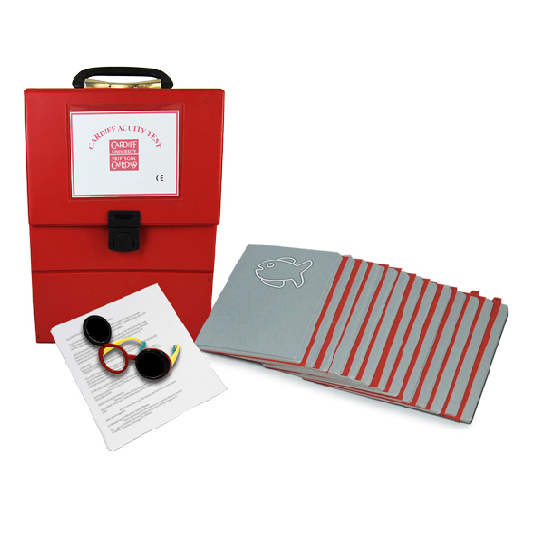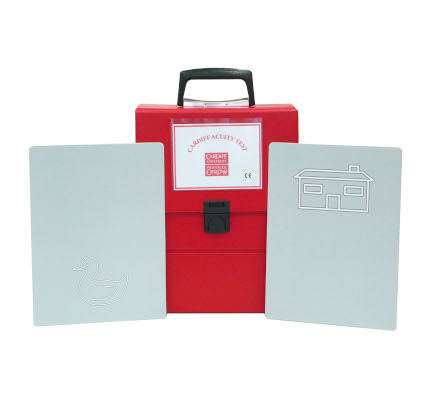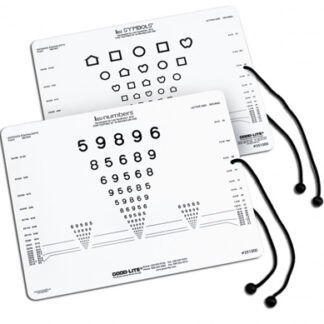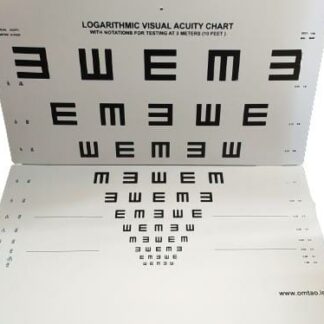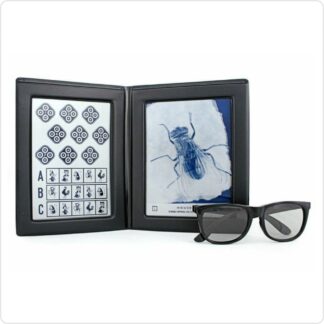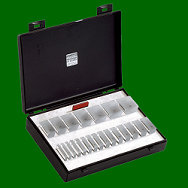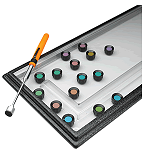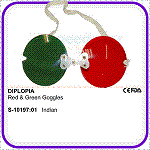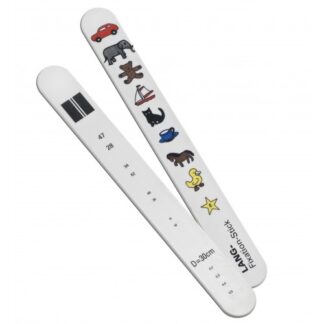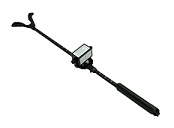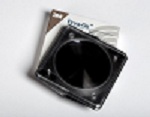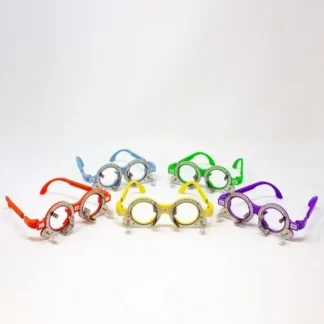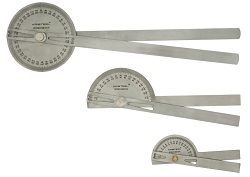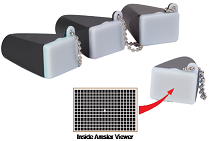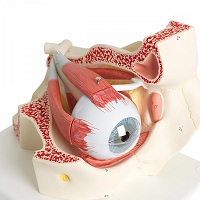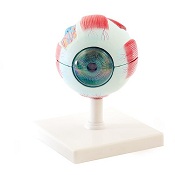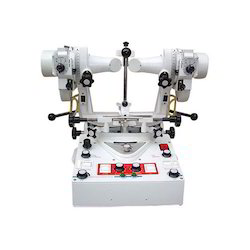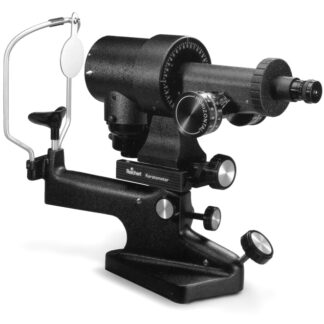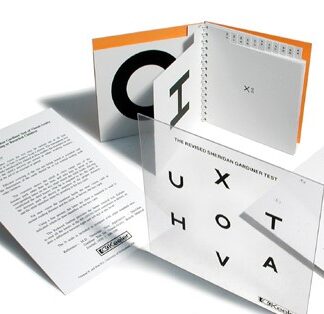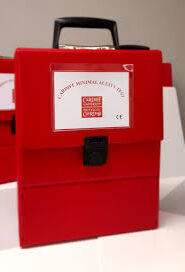Cardiff Visual Acuity 36 cards Full set
The test comprises 36 acuity testing cards at twelve levels.
The test is prepared for preferential looking and presented in vanishing optotype format.
The target cards are approximately 10.5 x 8 inches (265mm x 203mm) in size, are litho printed on paper and mounted on a plastic substrate.
The set includes dividers (vinyl), instructional video and other information (on product care etc.).
The test is boxed in board strengthened polypropylene (red) and dated at time of manufacture.
The test is based on the premise that a child that is presented with differing patterns will fixate on the picture rather than on a plain stimulus. So images like ducks, house, car and other simple images will be positioned either at the top at the bottom of a grey card.
The examiner presents the cards, beginning with the largest picture, at a distance of either 1m or 50cm. The first card is presented at the patient’s eye level and the examiner watches the child’s eye movement, whether up or down, to estimate the direction of gaze.
A mental note is made of this direction and then the second card is presented. Again the eye movement is observed. The examiner then checks the cards to see if both estimations are correct. If so, the next set of cards is presented in the same manner. If a wrong estimation of picture position is made or no definite fixation is observed, then the previous set of cards is again presented, using all three cards. The end point is found when two of the three cards are consistently seen correctly.

